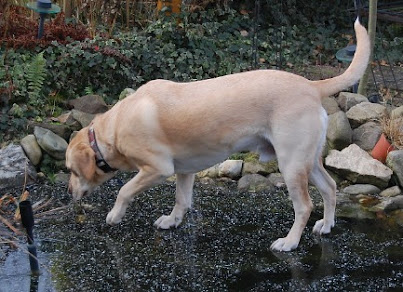Types of dog food
There are special foods for dogs of different types and sizes, as they have become widespread in the market in different types, and all that the breeder has to do is put the ready-made food for the dog on specific dates.
There are three different types of dog food, which are:
(1) dry food and it consists of fats, And vitamins, bone meal, and some dry meat, in addition to minerals, carbohydrates, and some salts in appropriate quantities, as they are mixed with each other in the form of balls of small sizes, and this type is distinguished to prevent weight gain, in addition to containing all the necessary nutrients.
(2) Canned food, is a food consisting of a mixture of rice, meat, ground bones, vitamins, and salts, and this food is expensive.
(3) Home food, this food is distinguished by the fact that it is made by the breeder, it increases the dog’s relationship with the human being, and it is not expensive. Because it is mostly leftovers from human food.
Dangerous foods for dogs should be avoided:
Some foods are dangerous and toxic to dogs despite their desire to obtain them from the surrounding environment.
Examples of this are the following:
(1) Garlic and onions
Both onions and garlic, in their various forms, are toxic foods for dogs, whether they are dried, raw, or cooked, as eating it results in a disorder in the digestive system as well as damage to red blood cells, and it is worth noting that the signs of poisoning sometimes appear directly, or may be delayed in appearing for a few days.
(2) Chocolate
Chocolate is considered one of the most tempting foods for humans and dogs, but it is a toxic substance for dogs, and one of the causes of kidney failure sometimes; This is because it contains the stimulant theobromine. The amount of damage depends on the type of chocolate and the percentage of theobromine in it, for example, dark chocolate is one of the very harmful types for dogs; Because it contains high amounts of theobromine. Unlike milk chocolate in which the percentage of theobromine is lower and therefore less harmful, the type of chocolate that does not cause harm to dogs, white chocolate is due to the low amount of theobromine in it.
(3) Macadamia nuts
Dogs get macadamia nuts indirectly through their presence in certain quantities within some foods, such as baked goods, for example, but this type of food causes a lot of troubles and diseases after eating it, so you should stay away from it as much as possible. After eating small amounts of these nuts, symptoms may appear as vomiting, fatigue, inability to control muscles, general weakness, high temperature, and depression.
(4) Corn
Dogs can digest corn in general, but cornbread is one of the foods that must be avoided from being offered to dogs, due to the possibility of causing the death of one of them, and this can be explained by the possibility of intestinal blockages for dogs after eating a very small amount of them.
(5) Avocado fruit
Avocado is one of the healthy foods for humans, but this does not necessarily mean that it is beneficial for dogs, as eating avocado may be a cause of death sometimes because it contains Persin, which is toxic to animals. Despite this, it may not be as dangerous to dogs as others, because of their ability to resist this substance efficiently sometimes, so it is recommended to keep it in a place that is difficult for the dog to reach.
(6) Xylitol sugar
Many foods that humans eat contain industrial xylitol sweeteners, including; Low-fat or sugar-free foods, but dogs that eat these foods may suffer from severe hypoglycemia that results in liver failure, in addition to blood clotting.
(7) Alcoholic drinks
Alcohol is one of the most harmful drinks for humans and dogs in particular, regardless of the amount ingested. Among the most prominent harm symptoms to dogs are the following poisoning, diarrhea, and Central nervous system damage.
(8) Cooked bones
Cooked bones differ from raw bones completely, as raw bones are a good option for them, unlike cooked bones, which are largely bad, due to the ease of their crumbling which leads to constipation when be eaten in large quantities. They are large and they sometimes lead to death if they cause a hole in the gastrointestinal tract.
(9) Grapes and raisins
The breeder should be careful not to offer grapes and raisins in all their forms to dogs, as these foods cause poisoning in dogs for unknown reasons so far, and they are also one of the reasons why dogs suffer from liver and kidney failure, as well.

















